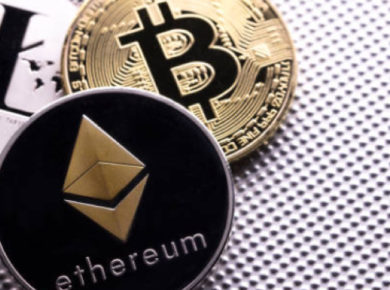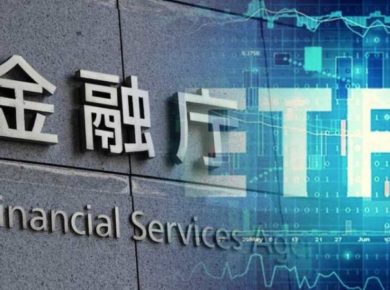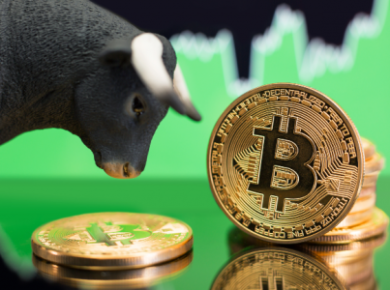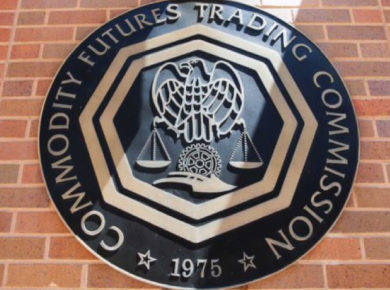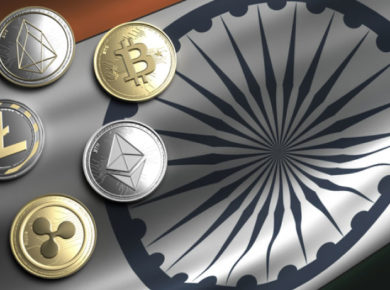Stablecoins are probably the hottest topic on the crypto market at the moment. It does not surprise me at all, as we all saw their incredible growth in 2020 under the DeFi market influence. The total value of stable coins has surpassed $30 billion, which reflects the high institutional and retail demand in unstable times.
Stablecoins are the tokens on public blockchains that are backed by fiat, their value is tightened to the conventional currencies such as USD or EUR. The key value is the minimization of the volatility that the crypto market is well-known for. Currently, there are more than 200 stablecoins, and USDT has the biggest market cap. The market capitalization of USDT has surged over 4 times since the beginning of 2020 and now it accounts for about ¾ of it.
At the beginning of December, the US Congress introduced a new bill – STABLE ACT, obliging issuers of stablecoins to obtain banking licenses and regulatory approval. In essence, this law obliges stablecoin issuers to obtain permits from the Federal Reserve System, the Federal Deposit Insurance Corporation (FDIC) and the banking regulator.
In addition, the law declares that blockchains have the same status as other global financial networks such as SWIFT, ACH and FedWire, and approves the use of stablecoins and cryptocurrencies as legitimate alternatives to other real-time payment systems.
In fact, the authors of the bill argue that stablecoins are an extension of the shadow banking system that preys on poor citizens.
I think there are three key reasons for this biased vision and overregulation proposal.
Firstly, for the government stablecoins resemble CBDC in many ways, and they see obvious risks of losing control of economic processes from traditional financial structures and states. That is, in fact, the uncontrolled emission of fiat in digital form.
Secondly, Zuckerberg and Libra (now called Diem) pushed this possibility in the face of the global regulators. They immediately read Libra as a threat to monetary sovereignty. It would be strange to imagine that the United States would easily agree to redirect huge cash flows to a private company with a huge audience.
And last, but not least, the situation around Tether. Back in the spring of 2019, as part of the lawsuit of the New York State Attorney’s Office against Tether, the Chief Lawyer of the stablecoin issuing company, Stuart Hogner, indicated that USDT is backed by fiat reserves by only 74%, and 26% is backed by other assets. The New York attorney’s office set a deadline on January 15 for the filing of the necessary documents. However, despite the fact that the crypto community craves for some blood and the evidence that Tether released a large number of USDT out of thin air, the situation is still unclear.
Until January 15, iFinex had only to complete the transfer of documents on mutual financial transactions of Bitfinex and Tether to the New York Attorney General.
From now on, much will depend on the efficiency of work in the Prosecutor General’s Office and when they deem it necessary to make the established facts public. The main cause of concern for most market participants is that, if necessary, Tether will not be able to fully return their fiat collateral to USDT token holders.
All these reasons undoubtedly led to the fact that the stablecoin market began to be perceived by the United States as a shadow market of the banking system and should be overregulated. But, it seems to me that this will not only overwhelm a large chunk of the new world of cryptocurrencies but will likely lead to the fact that the only players in this new space will be fat fintech companies with the necessary resources to comply with the requirements.
Stablecoins today are the main bridge between traditional finance and the cryptocurrency market. Converting cryptocurrency assets into stablecoins is the fastest way for many traders to take profits and insure against losses in case of sudden price changes. Needless to mention the fact that stablecoins are often the only possible option for receiving and sending money in countries with an undeveloped banking system.
Stablecoins can become the foundation for faster and cheaper payments, making it easier for people to pay for goods or store their money. In addition, they can have a significant impact on capital markets, fundamentally changing the way they work. But, all this will only happen if stablecoins are not stifled by overly strong regulation. I hope that large market players (most of them have already expressed their opinions) will be able to influence what is happening and will not let the largest part of the cryptocurrency market die. As it is a pity that the US government sees a threat in what could be the massively democratizing and liberating financial form.
Maria Stankevich is Chief Business Development Officer at EXMO.

